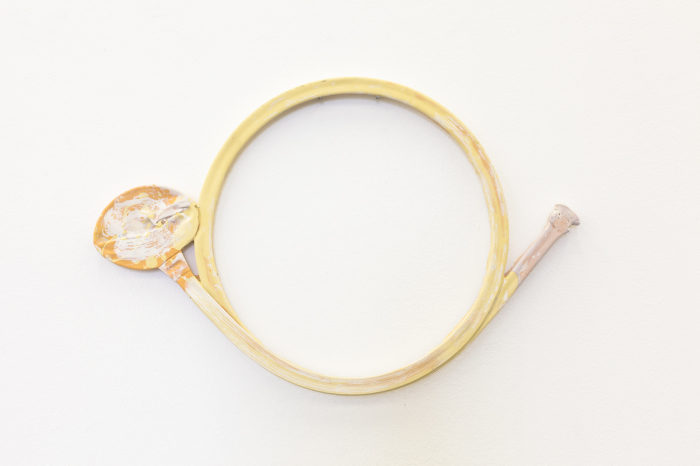
CB/S 1987
(sculpture), 2015
Jesmonite, acrylic
34 x 52 cm
Unique
€ 600.00
(sculpture), 2015
Jesmonite, acrylic
34 x 52 cm
Unique
€ 600.00
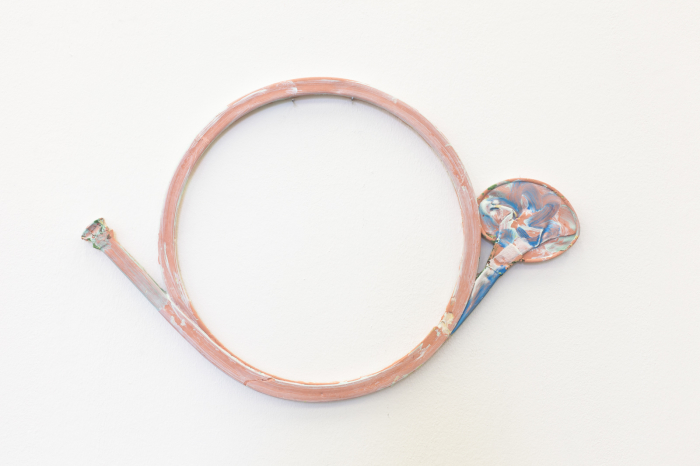
CB/S 1986
(sculpture), 2015
Jesmonite, acrylic
34 x 52 cm
Unique
€ 600.00
(sculpture), 2015
Jesmonite, acrylic
34 x 52 cm
Unique
€ 600.00
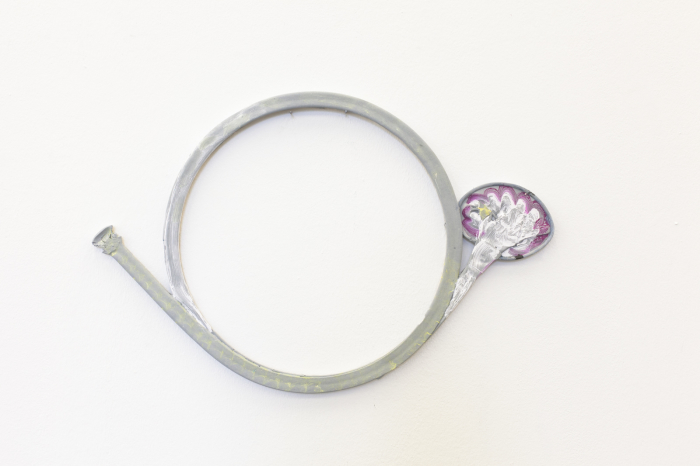
CB/S 1985
(sculpture), 2015
Jesmonite, acrylic
34 x 52 cm
Unique
€ 600.00
(sculpture), 2015
Jesmonite, acrylic
34 x 52 cm
Unique
€ 600.00
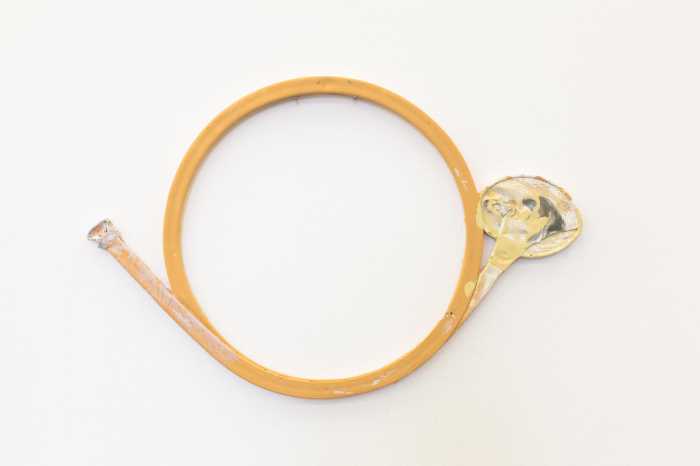
CB/S 1984
(sculpture), 2015
Jesmonite, acrylic
34 x 52 cm
Unique
€ 600.00
(sculpture), 2015
Jesmonite, acrylic
34 x 52 cm
Unique
€ 600.00
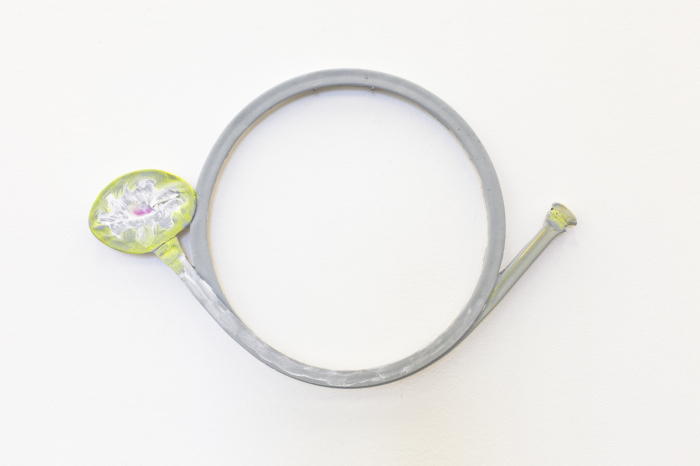
CB/S 1983
(sculpture), 2015
Jesmonite, acrylic
34 x 52 cm
Unique
€ 600.00
(sculpture), 2015
Jesmonite, acrylic
34 x 52 cm
Unique
€ 600.00
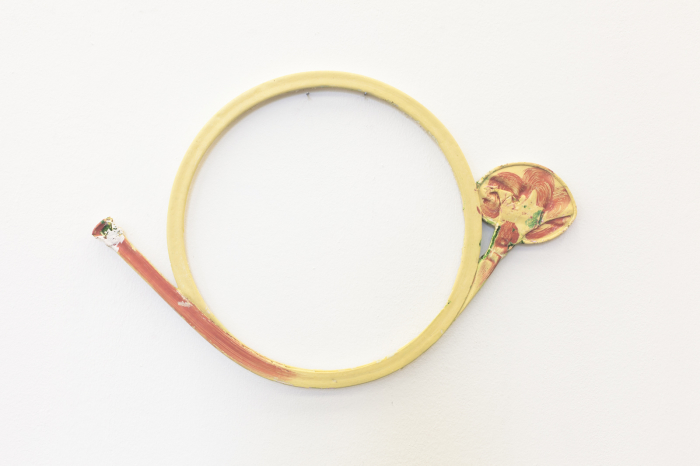
CB/S 1982
(sculpture), 2015
Jesmonite, acrylic
34 x 52 cm
Unique
€ 600.00
(sculpture), 2015
Jesmonite, acrylic
34 x 52 cm
Unique
€ 600.00
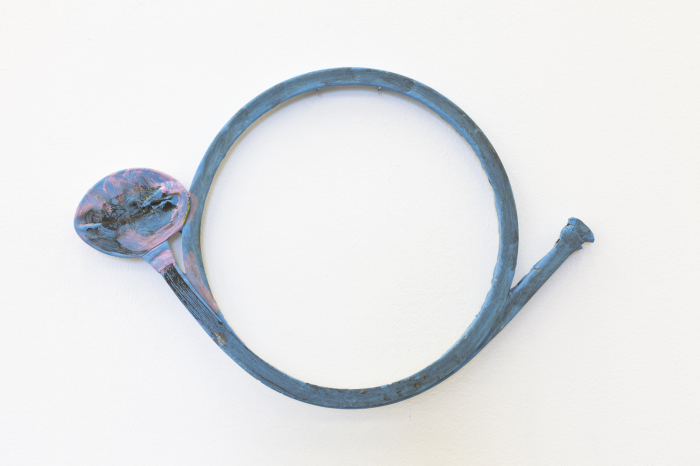
CB/S 1981
(sculpture), 2015
Jesmonite, acrylic
34 x 52 cm
Unique
€ 600.00
(sculpture), 2015
Jesmonite, acrylic
34 x 52 cm
Unique
€ 600.00
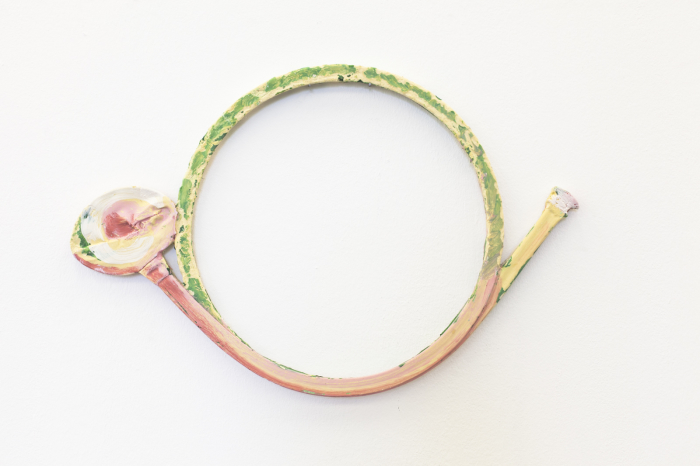
CB/S 1980
(sculpture), 2015
Jesmonite, acrylic
34 x 52 cm
Unique
€ 600.00
(sculpture), 2015
Jesmonite, acrylic
34 x 52 cm
Unique
€ 600.00
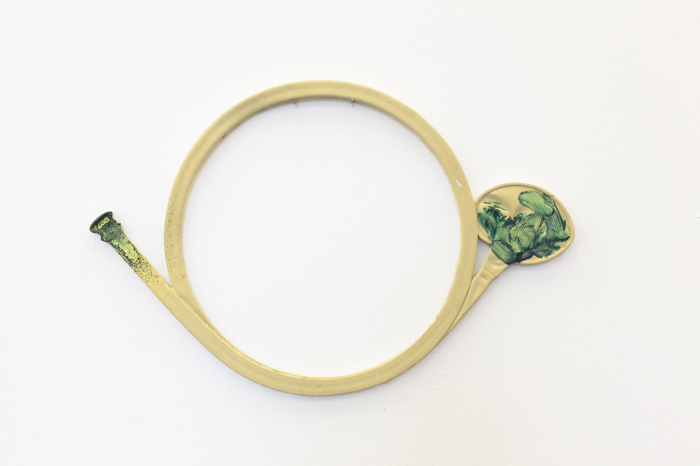
CB/S 1979
(sculpture), 2015
Jesmonite, acrylic
34 x 52 cm
Unique
€ 600.00
(sculpture), 2015
Jesmonite, acrylic
34 x 52 cm
Unique
€ 600.00
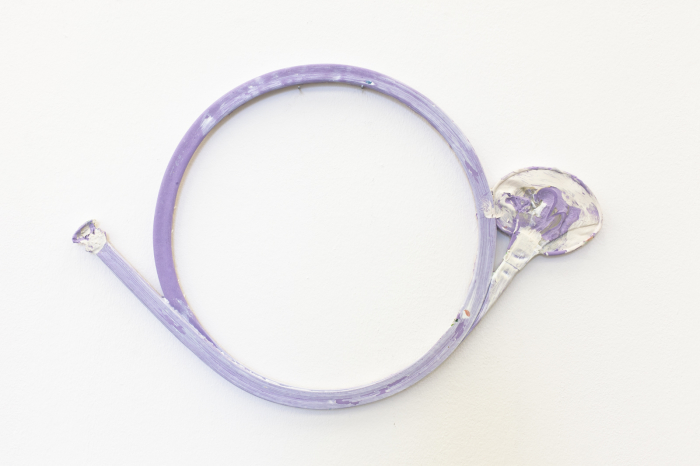
CB/S 1978
(sculpture), 2015
Jesmonite, acrylic
34 x 52 cm
Unique
€ 600.00
(sculpture), 2015
Jesmonite, acrylic
34 x 52 cm
Unique
€ 600.00
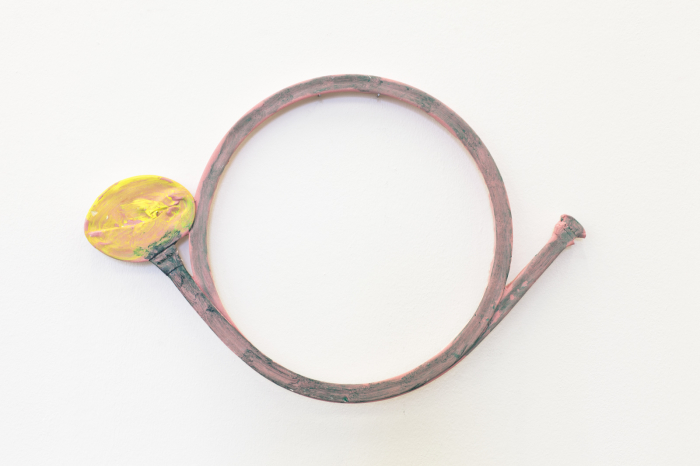
CB/S 1977
(sculpture), 2015
Jesmonite, acrylic
34 x 52 cm
Unique
€ 600.00
(sculpture), 2015
Jesmonite, acrylic
34 x 52 cm
Unique
€ 600.00
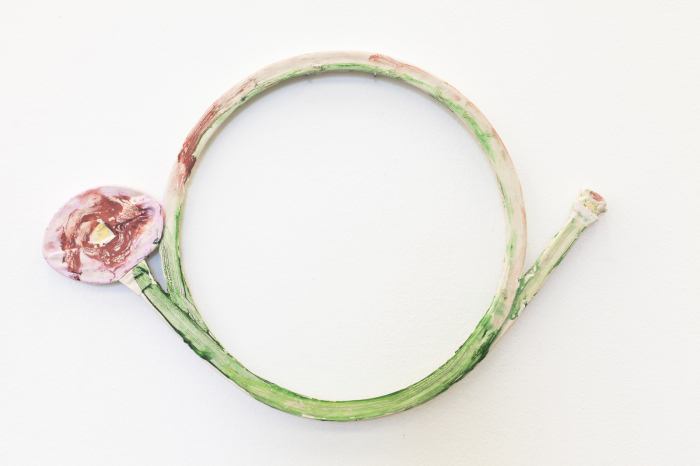
CB/S 1976
(sculpture), 2015
Jesmonite, acrylic
34 x 52 cm
Unique
€ 600.00
(sculpture), 2015
Jesmonite, acrylic
34 x 52 cm
Unique
€ 600.00
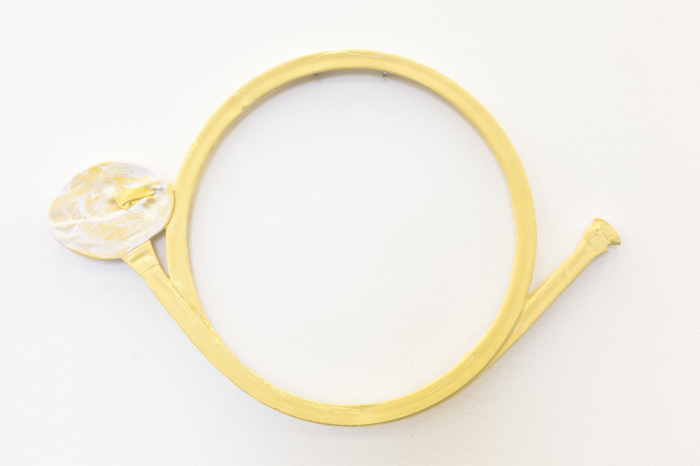
CB/S 1975
(sculpture), 2015
Jesmonite, acrylic
34 x 52 cm
Unique
€ 600.00
(sculpture), 2015
Jesmonite, acrylic
34 x 52 cm
Unique
€ 600.00
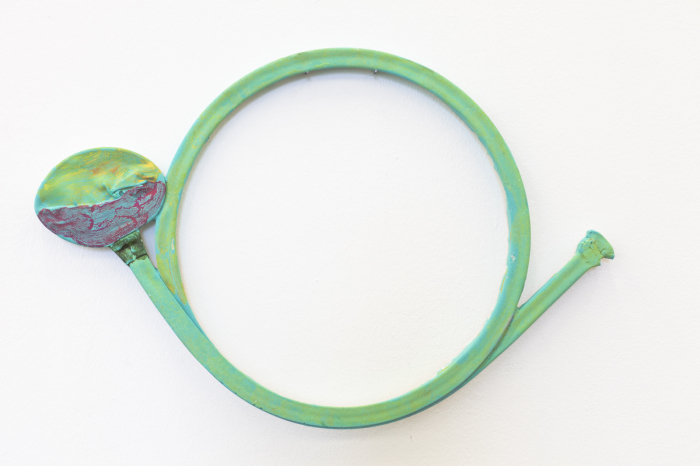
CB/S 1974
(sculpture), 2015
Jesmonite, acrylic
34 x 52 cm
Unique
€ 600.00
(sculpture), 2015
Jesmonite, acrylic
34 x 52 cm
Unique
€ 600.00
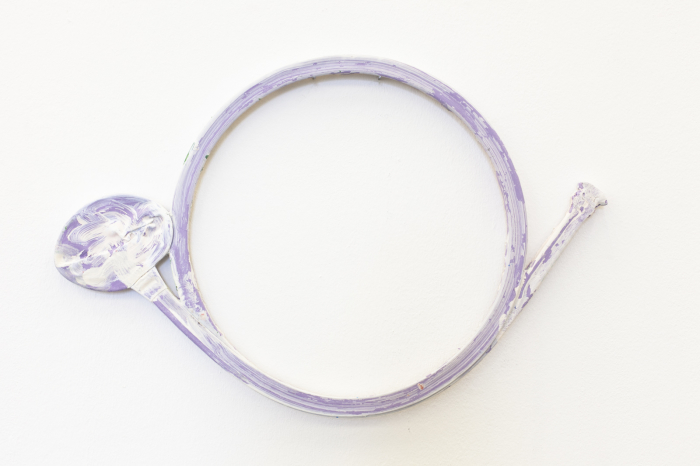
CB/S 1973
(sculpture), 2015
Jesmonite, acrylic
34 x 52 cm
Unique
€ 600.00
(sculpture), 2015
Jesmonite, acrylic
34 x 52 cm
Unique
€ 600.00
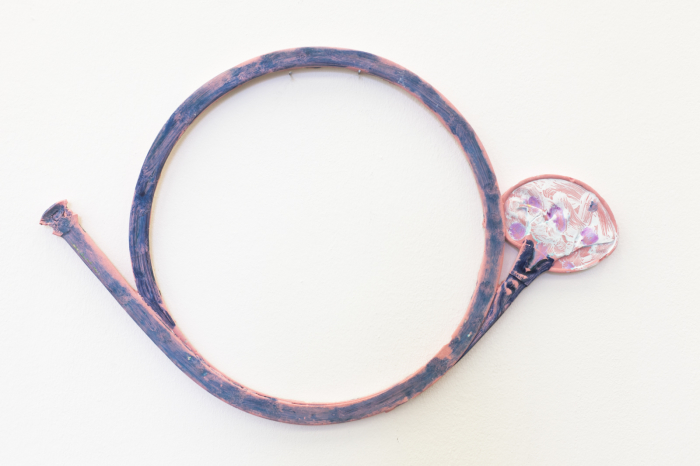
CB/S 1972
(sculpture), 2015
Jesmonite, acrylic
34 x 52 cm
Unique
€ 600.00
(sculpture), 2015
Jesmonite, acrylic
34 x 52 cm
Unique
€ 600.00
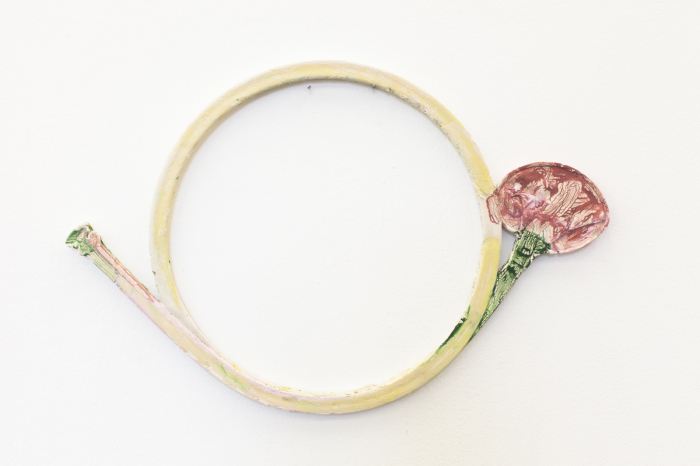
CB/S 1971
(sculpture), 2015
Jesmonite, acrylic
34 x 52 cm
Unique
€ 600.00
(sculpture), 2015
Jesmonite, acrylic
34 x 52 cm
Unique
€ 600.00
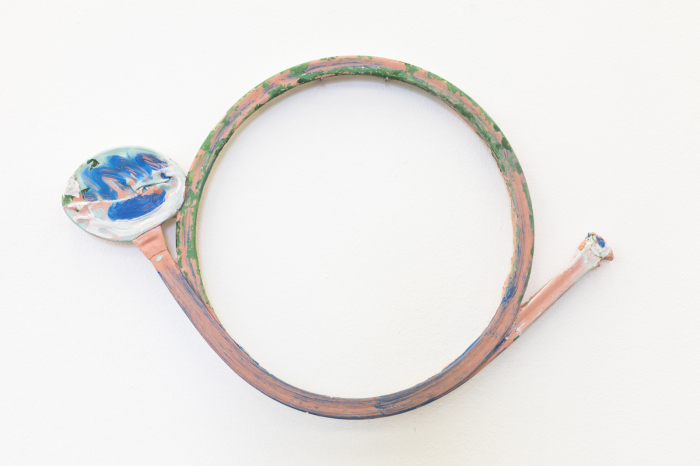
CB/S 1968
(sculpture), 2015
Jesmonite, acrylic
34 x 52 cm
Unique
€ 600.00
(sculpture), 2015
Jesmonite, acrylic
34 x 52 cm
Unique
€ 600.00
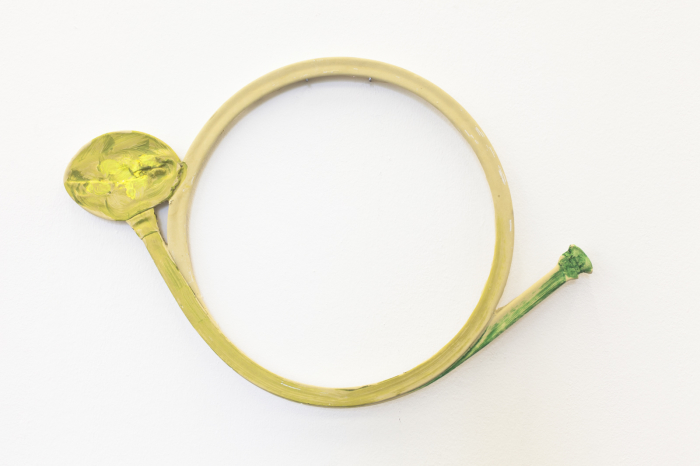
CB/S 1966
(sculpture), 2015
Jesmonite, acrylic
34 x 52 cm
Unique
€ 600.00
(sculpture), 2015
Jesmonite, acrylic
34 x 52 cm
Unique
€ 600.00
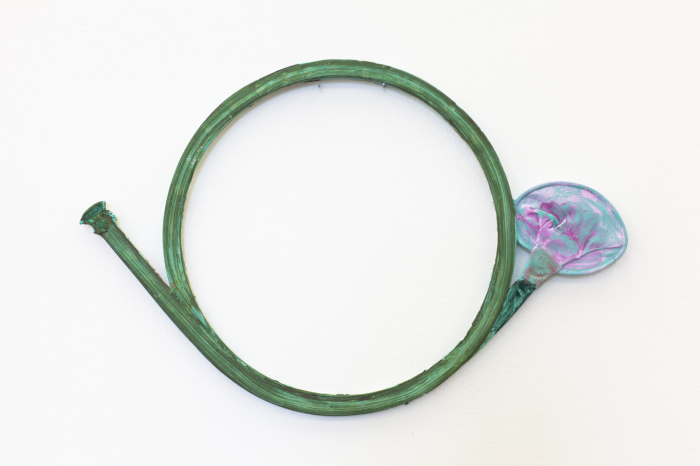
CB/S 1965
(sculpture), 2015
Jesmonite, acrylic
34 x 52 cm
Unique
€ 600.00
(sculpture), 2015
Jesmonite, acrylic
34 x 52 cm
Unique
€ 600.00
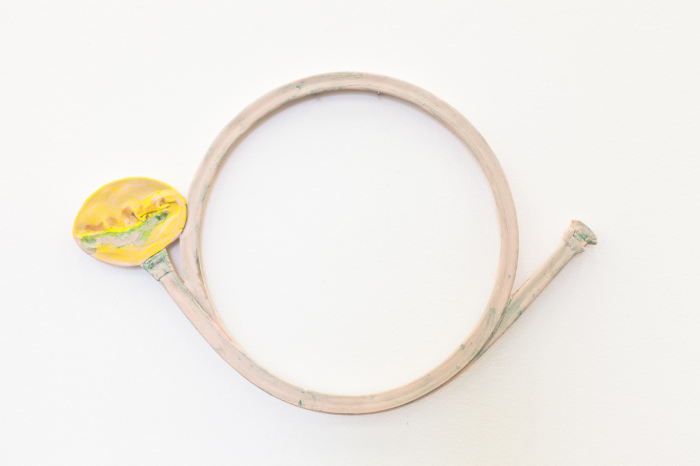
CB/S 1964
(sculpture), 2015
Jesmonite, acrylic
34 x 52 cm
Unique
€ 600.00
(sculpture), 2015
Jesmonite, acrylic
34 x 52 cm
Unique
€ 600.00